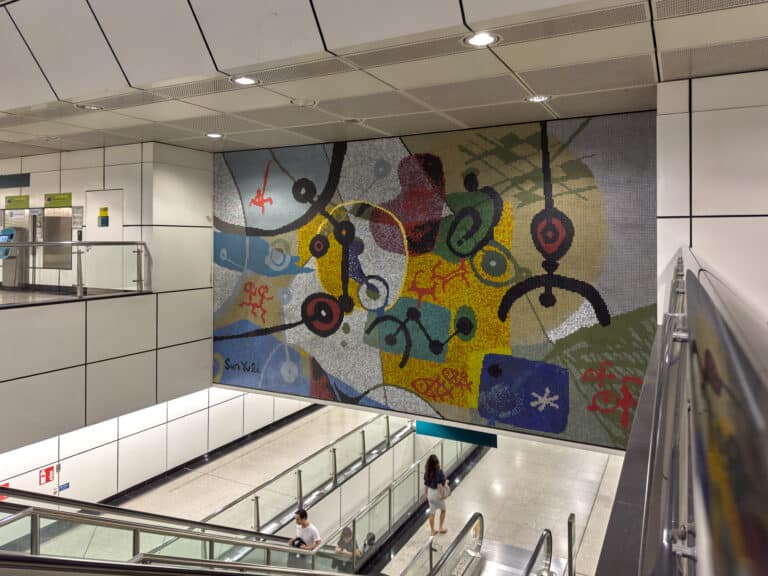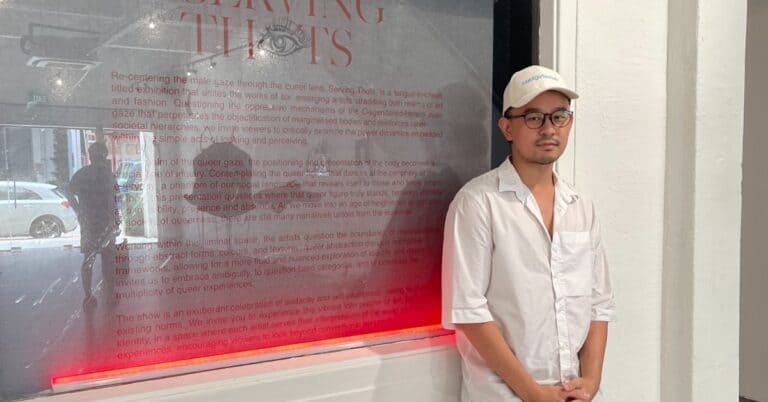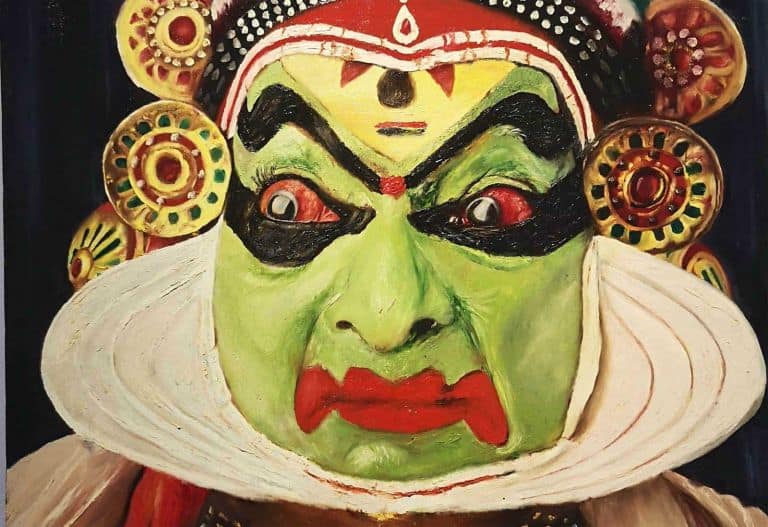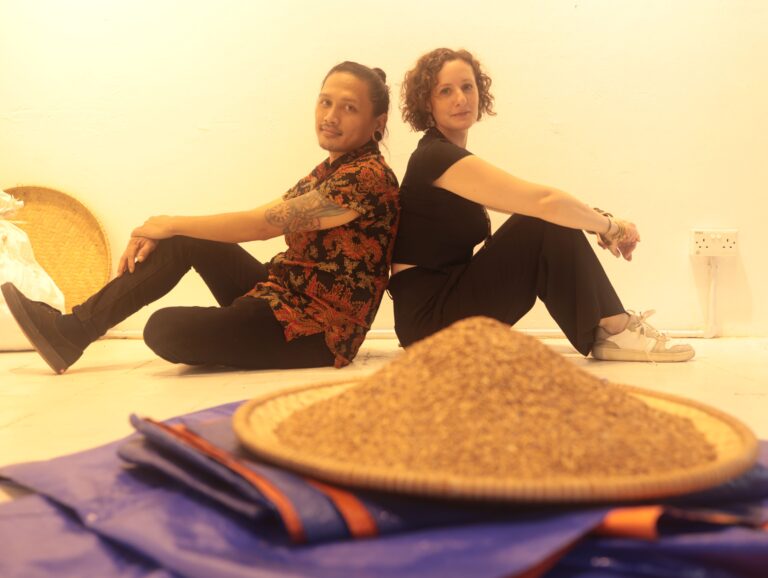“I propose the following definition of the nation: it is an imagined political community … It is imagined because the members of even the smallest nation will never know most of their fellow-members, meet them, or even hear of them, yet in the minds of each lives the image of their communion … Finally, [the nation] is imagined as a community, because, regardless of the actual inequality and exploitation that may prevail in each, the nation is conceived as a deep, horizontal comradeship. Ultimately, it is this fraternity that makes it possible, over the past two centuries for so many millions of people, not so much to kill, as willing to die for such limited imaginings.”
― Benedict Anderson, Imagined Communities
Today, the small nation of Singapore celebrates its National Day – a celebration which, in the light of recent events, feels a little fraught, to say the least. The E-Pay-Preetipls controversy has exposed deep-seated wounds that have, perhaps, long festered beneath the smooth, seemingly calm and peaceful surface of this particular “imagined community” – an independent nation conceived and brought into existence in the wake of 200 years of British influence and colonial rule (see Singapore Bicentennial, which Singapore is also celebrating this year). The fraternity that binds us together as a nation, the “deep horizontal comradeship” that Anderson speaks of, feels fragile and fractured – if the angry rhetoric on the internet and social media is anything to go by.

Is the answer, then, to hastily patch over the differences that threaten to divide us and destroy our fragile fraternity as a young nation? To rush to hush and quiet the voices that sound an alarm and speak truths that expose the fault-lines in our society? To throw ourselves into a meticulously orchestrated mass orgy of marching, saluting, dancing, singing, flag-waving and fireworks and forget, for a little while, that everything is perhaps not perfectly fine in this “sunny island set in the sea“? Far better, I say, to spend some time in quiet and honest reflection about what it means to be a member of this nation, this fraternity – to ask ourselves what it really means that “We are Singapore … Singaporeans“.
As it happens, the exhibition Singapore Utopia: National Identity Through the Lens of Artists, which opened on 27 July at Chan + Hori Contemporary, proffers an opportunity for such reflection, its stated aim being to contribute ” … to an overarching discourse of identity and what it means to be Singaporean in this day and age …”, its raison d’etre, that “art reflects, articulates and contributes towards the society that we inhabit”.
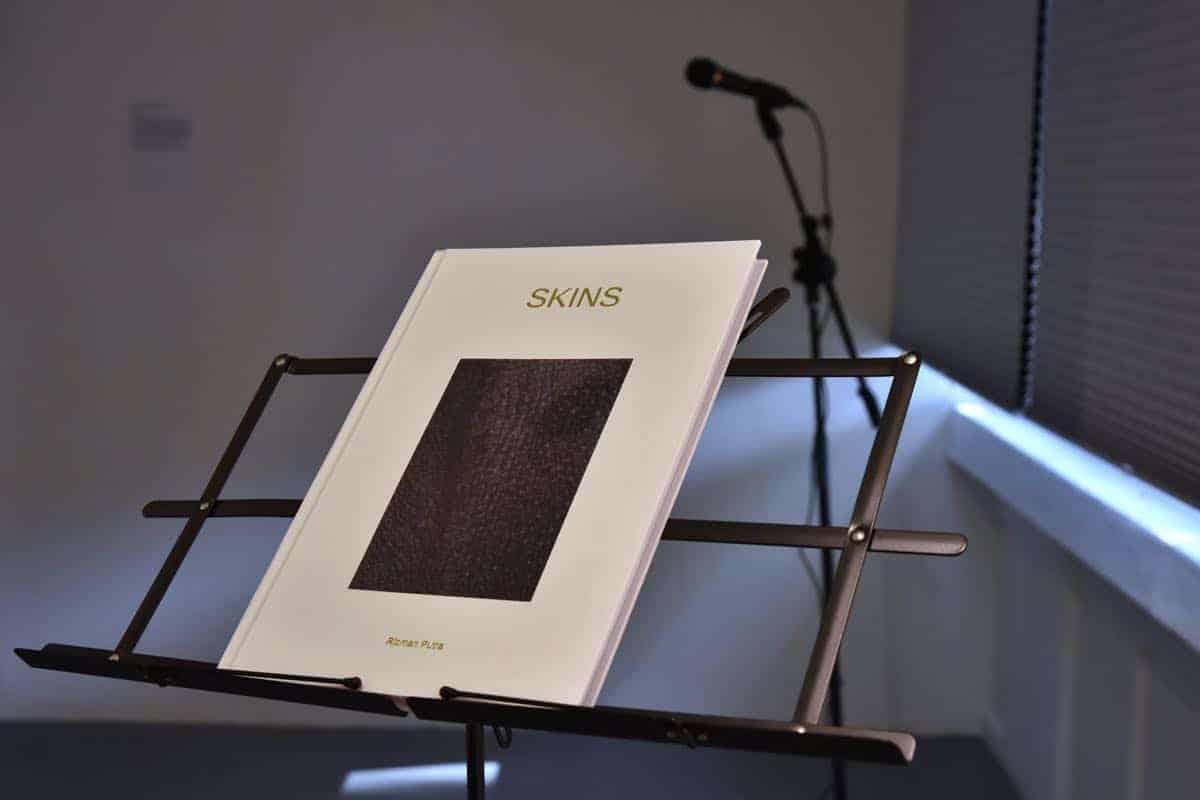
On the opening night of the exhibition, I joined many others in the packed-to-the-gills gallery in anticipation of artist Rizman Putra‘s performance. Other than the fact that it was to be a live reading from his artwork Skins, I had no idea what to expect.
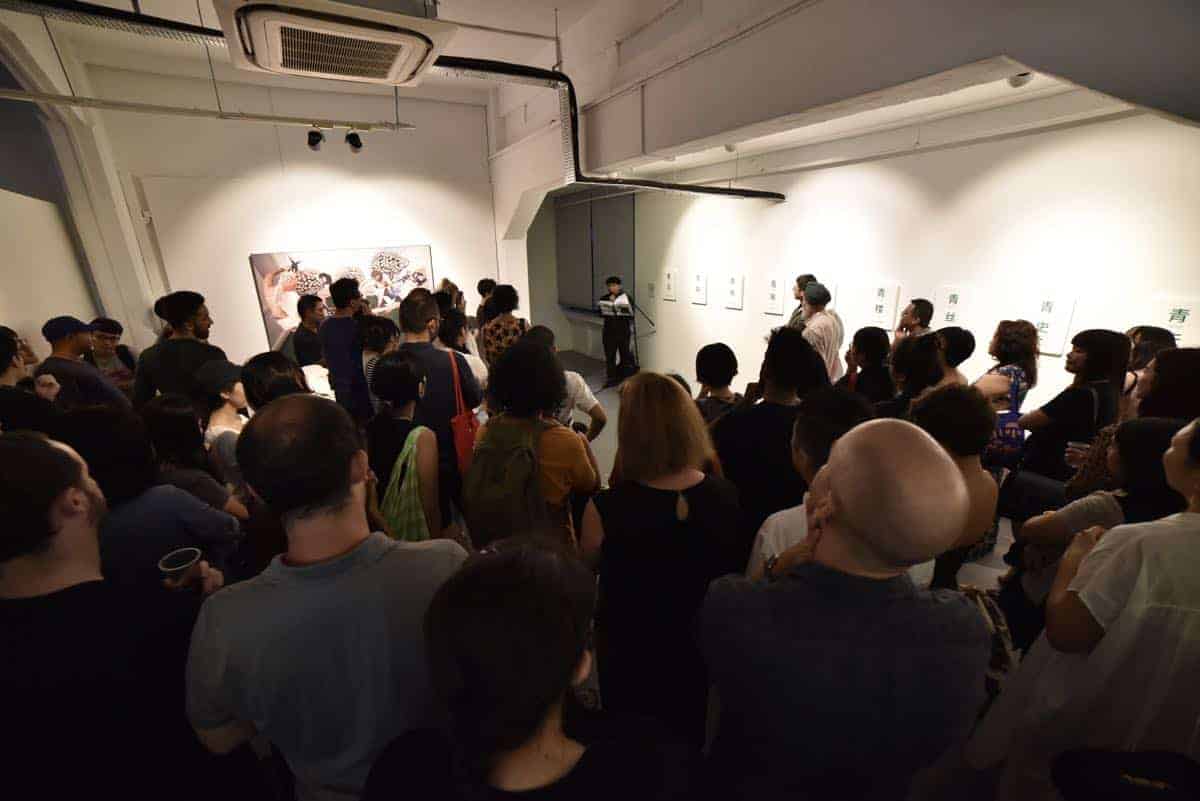
The artist began to read and, before I even had time to stop and think or reflect on what he had just read, I laughed. Audibly. Loudly. No filter. And then realised, to my acute embarrassment (actually, more like shock, horror and shame) that I had laughed at an appallingly racist “joke”. My friends and I looked uncomfortably at each other as the artist continued to read aloud from Skins , a compilation of racist “jokes” culled from public remarks made by politicians, comedians, musicians, netizens and other people in Singapore (in the publication, they are juxtaposed against seemingly innocuous illustrations adapted by the artist from old school textbooks). There was scattered, uncertain laughter in the audience – was this supposed to be funny? Closing the performance, Rizman, joined eventually by the entire gallery, gave a rousing rendition of the George Michael song, Careless Whisper.
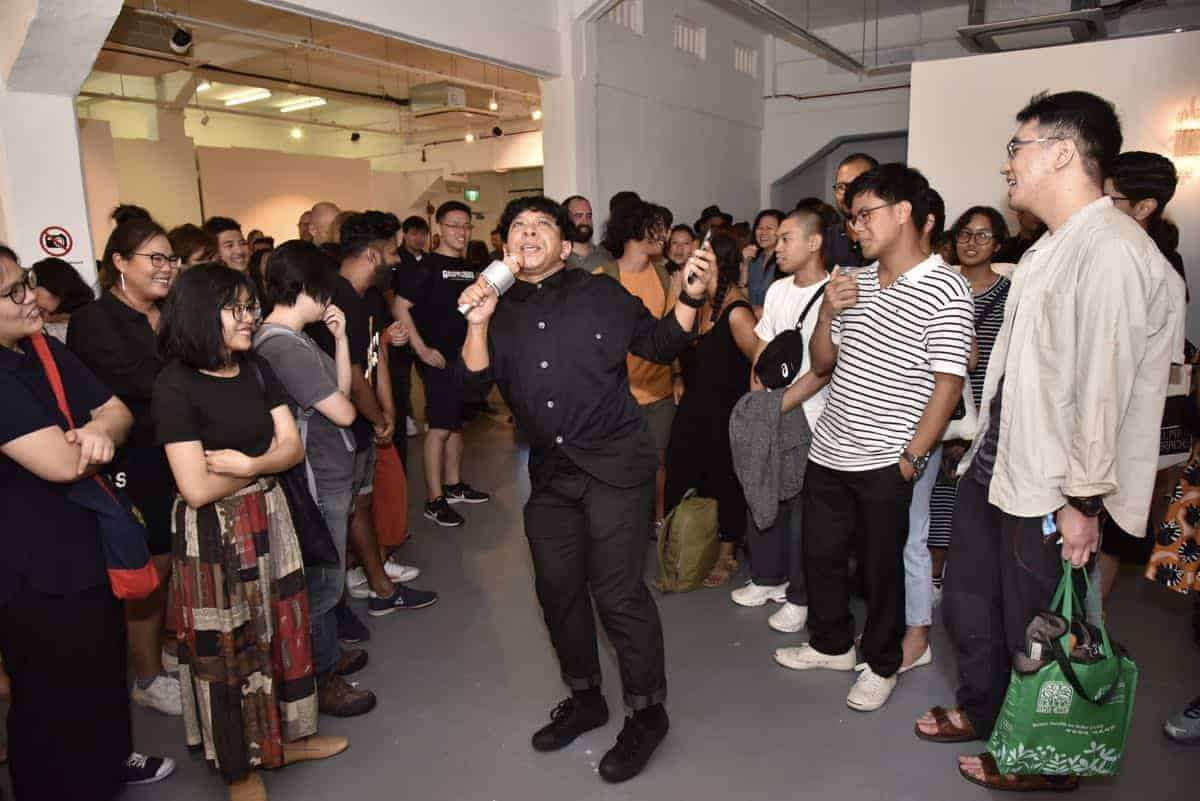
Taking place as it did a few days before the E-Pay-Preetipls conflagration exploded, Rizman’s artwork and performance may seem, in hindsight, uncannily prescient. The fact is, however, that it merely brought to light an existing and longstanding state of affairs, the E-Pay ad being but one example of the everyday, casual racism of which many of us, me included (judging from my spontaneous laughter at a racist “joke”) are guilty. By collating and retelling these “jokes” (they were equal opportunity “jokes” by the way – no race was spared!), one after the other, on and on, seemingly endlessly, Rizman pushed us past our initial reactions and forced us to acknowledge and confront the prejudice underlying the “humour”. He did so powerfully and effectively without having to preach or rant but merely through his art – holding up a mirror and allowing us to see the ugliness within ourselves.
“Societies never know it, but the war of an artist with his society is a lover’s war, and he does, at his best, what lovers do, which is to reveal the beloved to himself and, with that revelation, to make freedom real.”
— James Baldwin
This, in fact, is what each of the 15 artists in Singapore Utopia, together with curators Lisa Polten and Deborah Lim, have tried to do – to reveal to us various aspects of the Singaporean identity – even aspects that don’t quite fit into that idealised version of Singapore we like to present to the world. (You know the version I mean – the Crazy-Rich-Asians version, the happily harmonious multicultural version, the squeaky-clean, efficient, economically and technologically advanced version.)
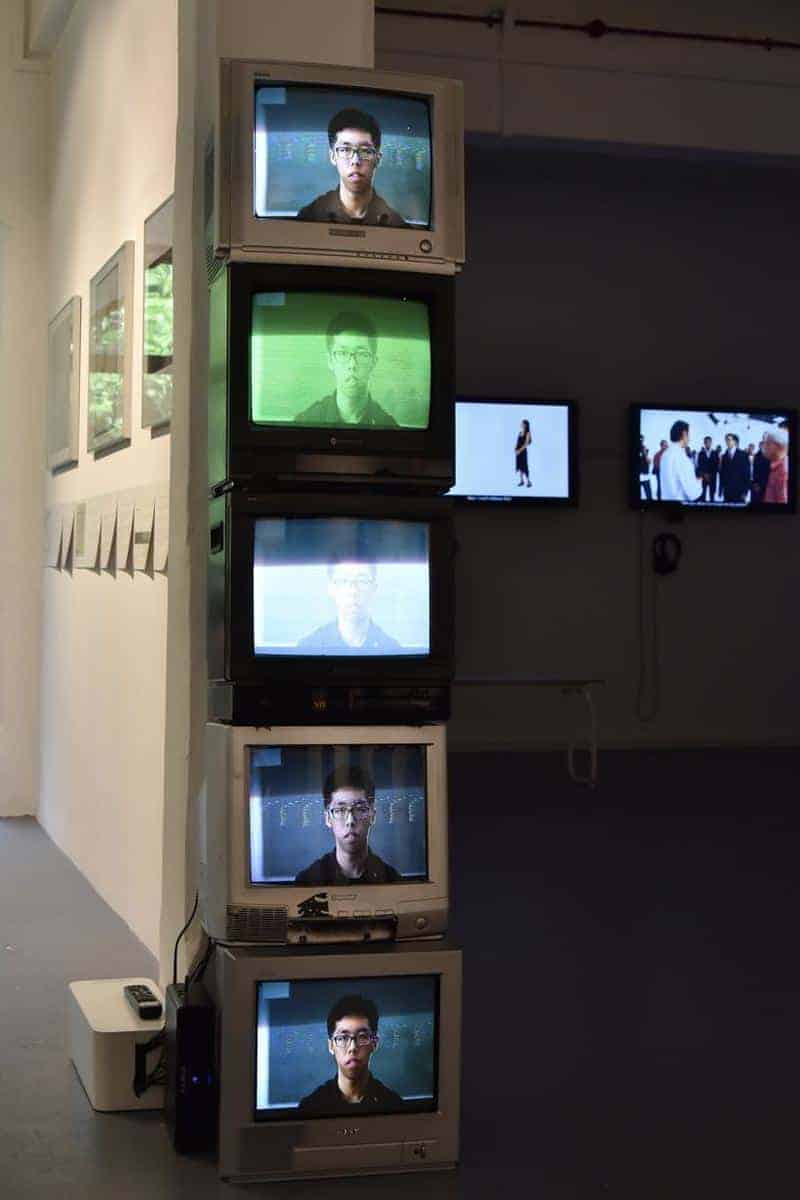
Artist Green Zeng presents Student Confessions 1 & 2 (TV Confessions), videos displayed on old-school cathode-ray tube (CRT) TV screens, so ubiquitous until the 1990s, when they were replaced by sleek streamlined flat-screen LCD TVs. In the videos, Singapore students – some identifiable in their distinctive uniforms as being from certain “elite” schools – read from transcripts (culled by the artist from newspaper archives) of public confessions made by political detainees in the 1960s – 1980s, denouncing their communist leanings and activity. The students also play alternate roles as Singapore students reciting from a school textbook. Through these re-enactments, Zeng explores Singapore’s murky history of political detention without trial, questioning the relationship between histories, truth and power.
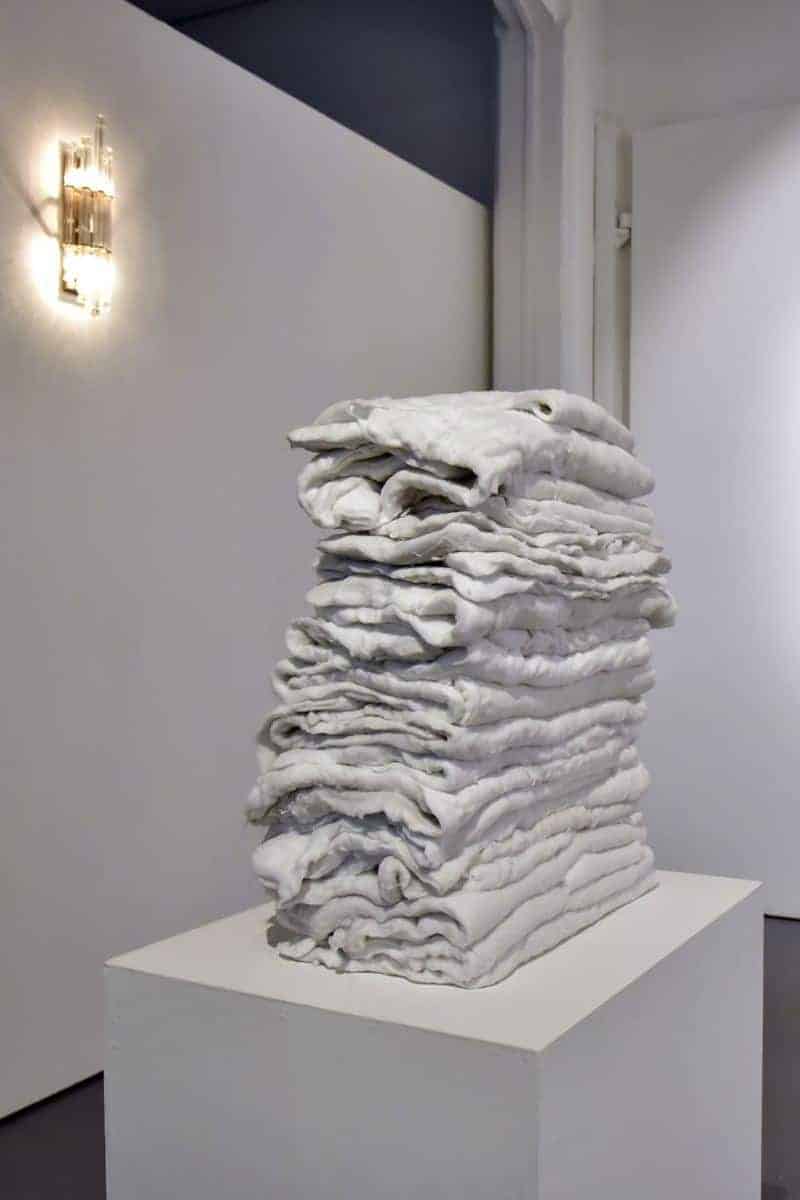
Adeline Kueh and Ezzam Rahman are concerned with issues that touch us on a more personal, intimate, but no less important level – what goes on behind closed doors, in hotel rooms, in particular. In our tiny, densely-populated nation, where residential property prices rank among the highest in the world, space and privacy are privileges not equally accessible to all. Young people often have to live at home with their parents and extended family well into their adult years. Apartments are small and tightly packed together, with paper-thin walls. Hotel rooms become time capsules of stolen moments, imbued with a sense of the forbidden, of secrets, lies, temptation, lust, desire, intimacy, love, longing and loss.
Kueh’s Felt consists of layers of lint sheets, collected from 30 hotel laundries over a period of 28 days and an ornate wall light, salvaged by the artist from the former Lavenda Health Spa at Eminent Plaza. The sheets are neatly folded, Marie Kondo-style, but look closer and you will see strands of hair, dustballs and other detritus of the many human bodies that have grazed, brushed and rubbed against the hotels’ bedsheets and towels.
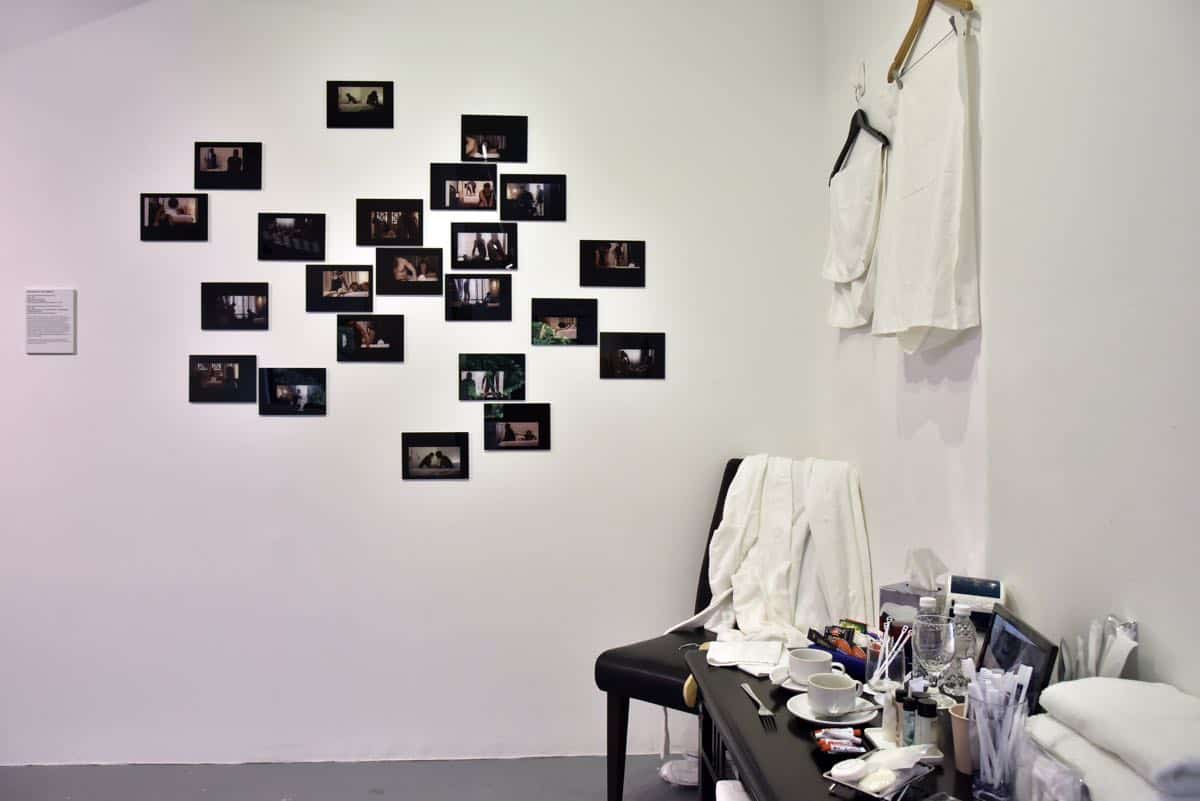
Ezzam’s two works, i’ll love you, i’ll kill you (random rooms 11:11) and i’ll stay, do you really have to go (random rooms 11:11) are the results of a project he embarked on between November 2017 and September 2018 where he and his working partner booked a room in a local hotel once a month, performing for the hauntingly lovely and poignant photographic images shown above. The objects were stolen from 11 different hotel rooms and are displayed as remnants from the project.
The works by the other artists in the exhibition deal with a range of diverse and disparate issues, the only theme appearing to unite them being that they are all concerned, in their individual explorations, with what it means to be a Singaporean today. While some of the truths they tell about us as a people and a nation may not be entirely flattering and may, in fact, arouse a deep sense of unease or discomfort, surely we are mature and confident enough, as a nation, to be able to take these hard truths on the chin. For true patriotism lies not in blinding ourselves to our faults or refusing to admit that they exist but in the willingness to face unpleasant truths with a determined resolve to grapple with them, working through our problems together so that they don’t fester and threaten the “deep horizontal comradeship” that unites us as a nation.
So, fellow Singaporeans, as we celebrate the nation’s 54th birthday today –
Marilah kita bersatu, dengan semangat yang baru.
[Note: Singapore Utopia is on at Chan + Hori Contemporary until 1 September 2019 and the gallery has planned an exciting full-day programme of performances, lectures, etc in conjunction with the show on 17 August 2019. Details can be found here.]







